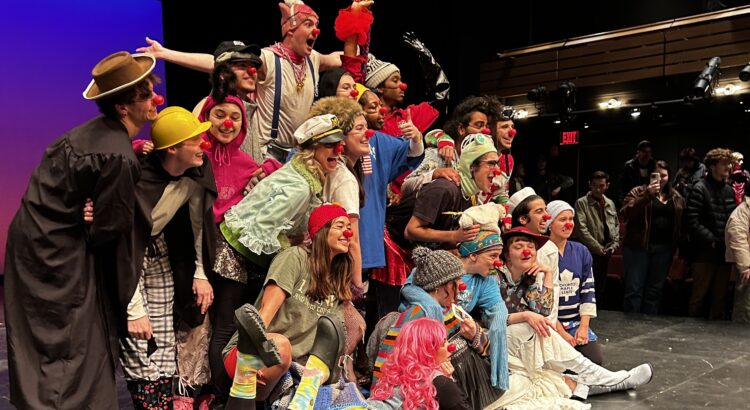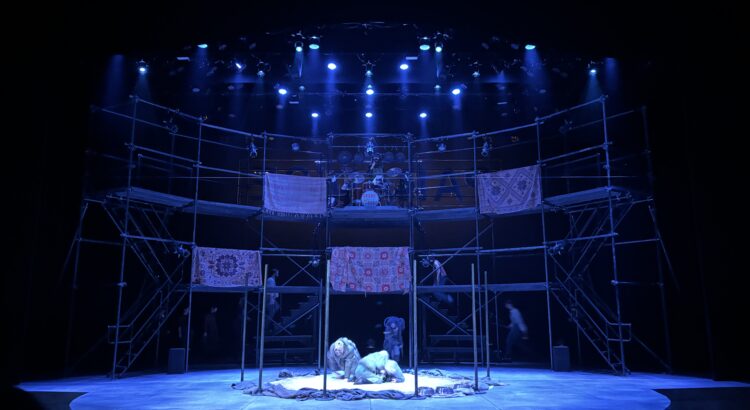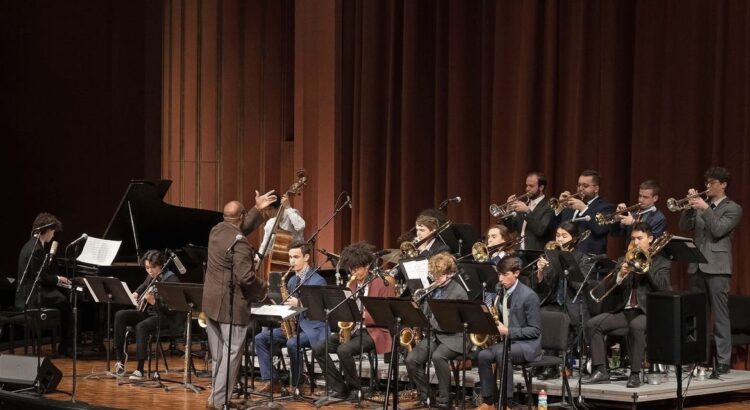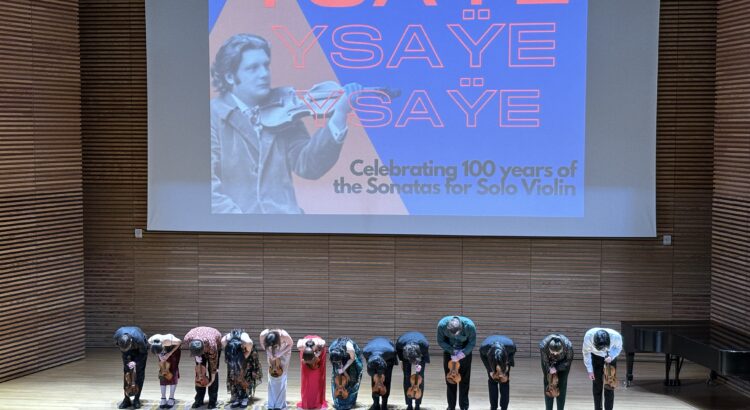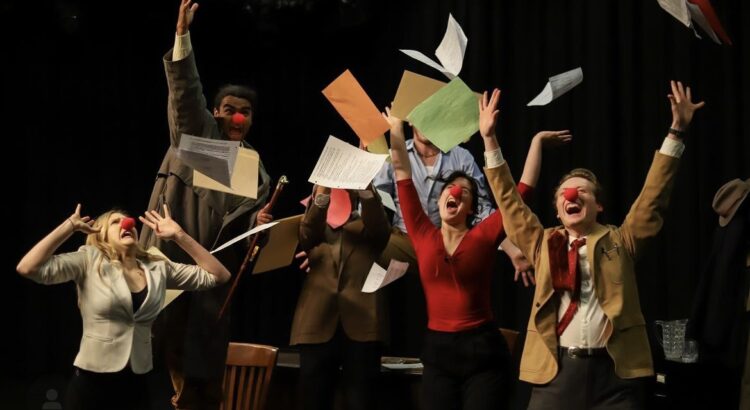At SMTD, every senior is encouraged to craft a thesis project, serving as a culmination of their artistic endeavors throughout their university studies. Rileigh Goldsmith (BFA Dance 24’) chose to create a unique experience to observe dance. Goldsmith presented an immersive sensory journey through the layers of creative consciousness through the lens of virtual reality. This was certainly one of the most unique presentations of dance I have ever seen.
The setup was at the Duderstadt Center, in a room nestled in the hallway leading to Pierpont Commons. It was set up like a black box with an unassuming maze. Each “room” contained a VR headset that the viewer would put on to briefly exist in the little world of Goldsmith’s creation.
The experience commenced in three parts. The first: “Question”, offered a thought about how often we notice our often concealed inner tranquility. It presented beautiful 360-degree landscapes with a gentle voice reciting a poem by Goldsmith herself. Act II was entitled “Untether”. Her program note mentioned: “PIVOT is a movement narrative which explores human resilience amidst comforting constraints, choice paralysis and fear of the unknown.” This act featured Goldsmith’s reposeful frolics in a bright and grassy field while performing choreography of her own. It was ethereal and cherubic, exemplifying freedom and bliss. Act III was called “Pivot”. This act featured a collection of dancers fading between a 1930s-themed number and a stark contemporary piece. She left the note: “In some realities, you were meant tethered, apathetic, and stagnant. In others, you are unbound, confident, and empowered.”
A corresponding hanging door matched each act, labeled I, II, and III. Subtle decor lined the outskirts of each room, calling back to motifs of each act—tea candles, dainty white ribbons, and blue lamps. The design was visually impressive and satisfying. It submerged the viewer into the creative realm of Goldsmith’s consciousness.
Goldsmith challenges the viewer to find freedom within their creative mind. She epitomizes power, maturity, and poignance in her choreography and design. The exhibit is open Tues – Fri, 12 to 6 pm, and Sundays, 12 to 6 pm. (from Jan. 10 through Jan. 21.)
Order of Acts:
I. QUESTION
II. UNTETHER
III. PIVOT



